When electric cars first arrived in the 1880s they were little more than carts or bikes with an electric motor but by the early 1900s they were proper four wheelers with range of 80-130km per battery charge.
And that’s largely when their charge ended, the petrol-powered Ford model T doubling their range for half the price. Electric cars weren’t heard of again until the mid-90s when GM introduced the quirky little EV1.
It came to a sticky end but after a brief hiatus the Leaf came on the scene with around 160km of range, soon followed by BMW’s i3 and suddenly it was all on again for EVs.
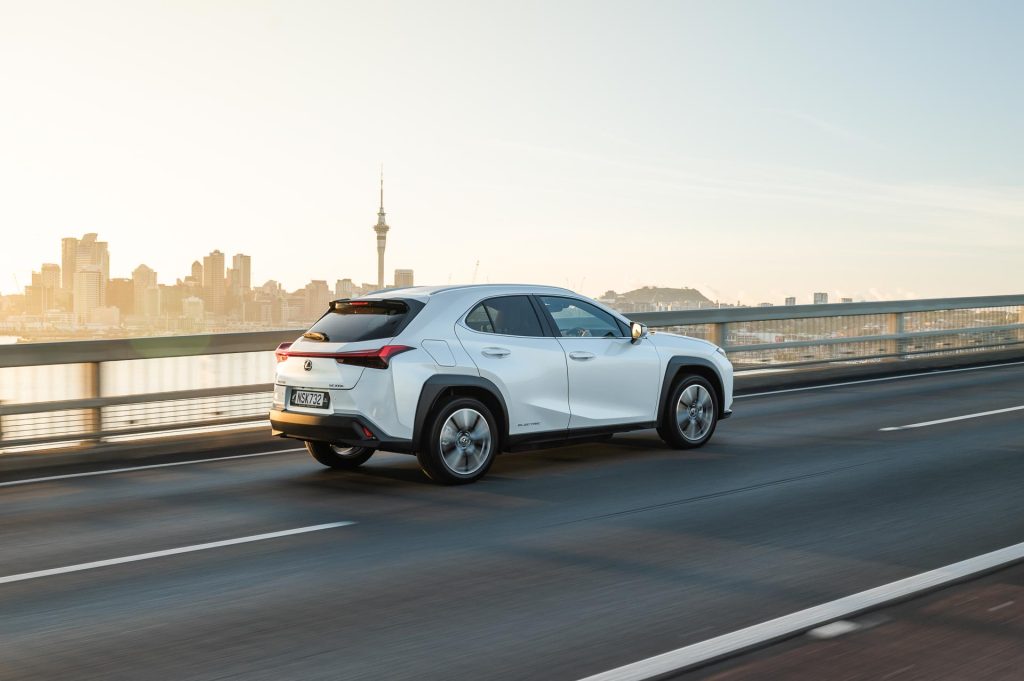
Skip forward to 2019 when Lexus first released an electric car in the form of the UX300e. Back then it had a 54kWh battery and range of around 300km WLTP.
However, nowadays EVs don’t stand much of a chance unless they have battery range beginning with a four.
So it was with the UX300e, the second iteration arriving mid-2023 with battery capacity increased to 72.8kWh (64kWh usable) imbuing it with a WLTP range of 450km, up 40 per cent from the 315 of the original.
When I first stepped foot inside the 2023 variant, our fully charged Limited spec evaluation model was reading 440km of range.
Peer at the gauge and it is more like something you’d find in a petrol machine, the arrow indicating it was full of electric fizz.
We headed north for 106km and it used precisely one-quarter of a charge. Much of the time average energy use was in the 15kWh/100km area.
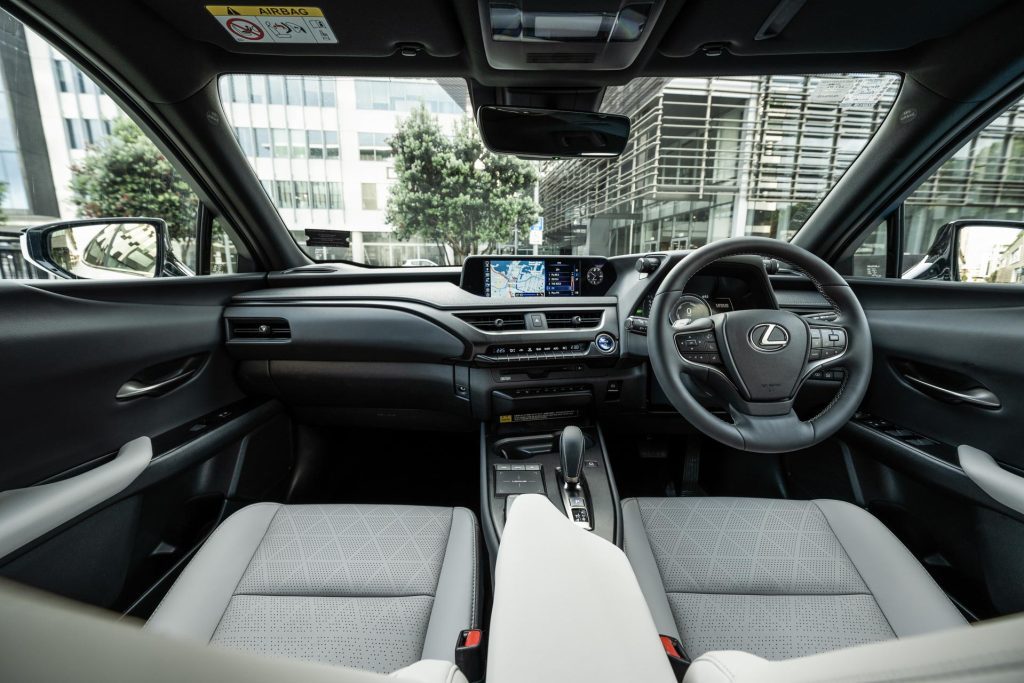
As Lexus says, ‘only the quiet and seamless acceleration of the sole electric motor identifies the UX 300e as a battery electric vehicle.’ “Is this electric?” asks the missus in the first kilometre of travel.
She could care less about petrol cars but likes the silence and carbon footprint of EVs. This has little in the way of a sonic signature which is appropriate for a Lexus, I’d have thought.
The firm says it is built with a mostly ‘urban driver in mind for an enjoyable and sustainable city driving experience’. However, the range extension gives motorists more freedom to travel around the country without needing to stop too much at a fast charger.
This is absolutely the case. We drove from Auckland up to Mangawhai, mooched around a little to the golf club, shops etc, drove back and it had just under one-half of a charge left, still over 200km of indicated range remaining.
Unusually this has an AC charge port on one side, and DC on the other, via the now somewhat out-of-date Chademo connector. Some DC chargers no longer offer this connection.
It will take around nine hours to rezip the battery pack via a wallbox and about 50min to lift charge from 5 to 80 per cent via DC fast charging, 50kW being its max.
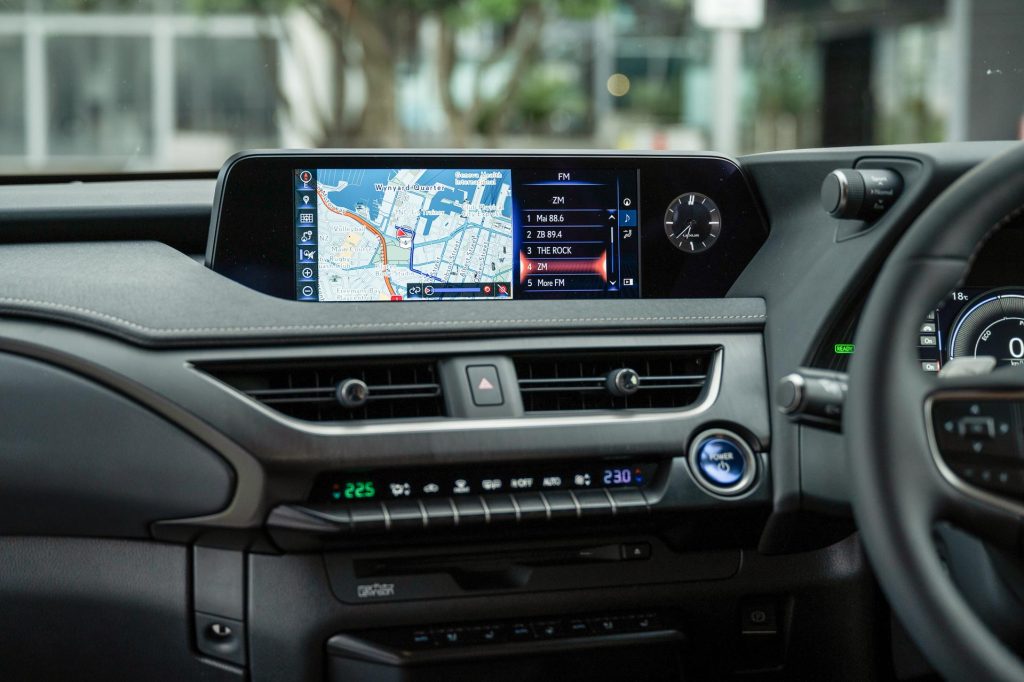
The UX 300e motor offers maximum power of 150kW and 300Nm of torque, with drive going to the front wheels via a unispeed transmission. Lexus claims a 0-100 time of 7.5sec, slightly quicker than the hybrid version. And that’s accurate.
On the go, you’ve the choice of Eco, Normal and Sport modes. These alter powertrain and steering settings; we noticed the former, not so much the latter.
Lexus took the ICE Lexus UX 300 as the basis for the 300e. The engineers simply removed the hybrid powertrain and fuel tank, and one advantage is that it gets more luggage capacity, out to 310L from the hybrid’s 268L.
That’s still not much but the floor height makes loading and unloading easy and leads to a flat space once the rear seat backs are folded away.
Given it isn’t a huge car anyway – just under 4.5m long and 1.84m wide – the overall weight is reasonable, 1855kg for the Limited model.
It costs $89,900 although you can get much the same vehicle for $10k less if you don’t want or need such items as a powered panoramic sunroof, colour head-up display, special upholstery (both still “leather”), cornering lamps, 18-inch alloys (17s instead) or a gesture-controlled fifth door.
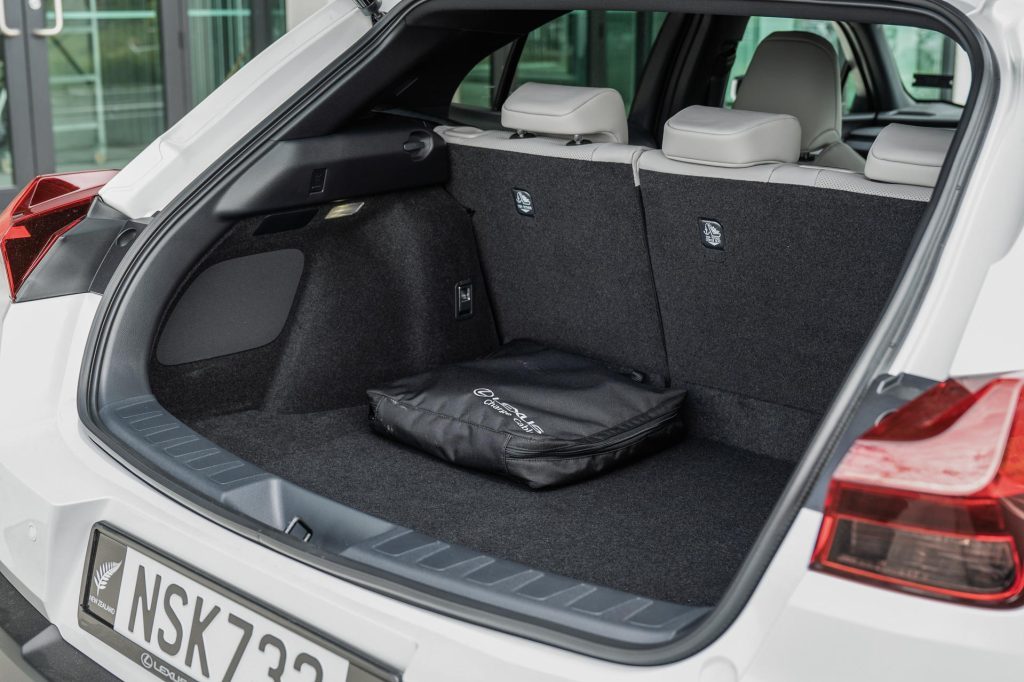
The drivetrain is still the same, and a good little unit it is too.
Compact electric cars beat the pants off of large EVs dynamically simply because they have smaller battery packs, the main denominator of weight in EVs. So that allows them to handle in a more natural way.
An update to the rear damping has been undertaken to enhance the driving performance. This is a hoot to drive on hilly roads; it’s not sporty per se but changes direction readily, holds a line nicely and steers and brakes like a conventional vehicle, despite the variable regen on hand.
Moreover, on the straight bits it rides really well, as you’d hope in a compact executive crossover. It isn’t the quietest of things, with a peak dB cabin reading of 72.5dB but nor is it ever rowdy and we’d rather have the decent Michelin Primacy rubber than some back-chatting Eco treads.
Because this isn’t built on a bespoke EV chassis there isn’t as much interior space as you might get with something that started off as a pure EV.
So despite the steering column retracting as you exit, I still found it somewhat restrictive on ingress, and those in the rear might beg front seat occupants for a little more leg room. Still, it’s unlikely to be bought by families.
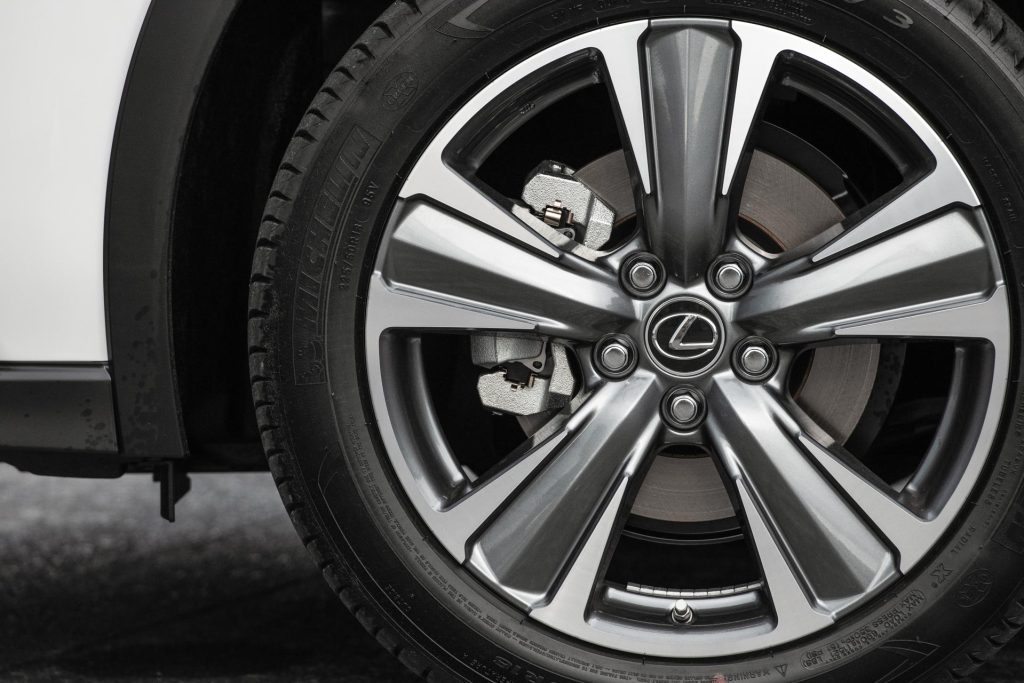
Those who appreciate creature comforts are bound to enjoy this, with its colour head-up display, including traffic sign recognition, heated and vented seats, a rim warmer for winter, and the usual plethora of safety gadgets, right down to the handy 360-degree camera that the Premium model misses out on.
New for 2023 are Intersection Turn Assist and Emergency Steering Assist. There’s also Curve Speed Reduction in the adaptive cruise control system.
We found fuel use, sorry, energy expenditure pretty decent too. Lexus reckons 12.8kWh per 100km but that’s an NEDC make-believe figure. Typically we saw 17-point something.
And charging small to moderate sized batteries is easier with an emergency charger; we added 120km overnight, essentially from half to three-quarters charged and only used the cheaper charging hours from 10pm to 7am.
In the bigger battery packs the emergency chargers hardly make a dent overnight.
Other changes to the UX for the 2023 model include a bigger 12.3-inch touchscreen and a ‘Hey Lexus’ voice prompt.
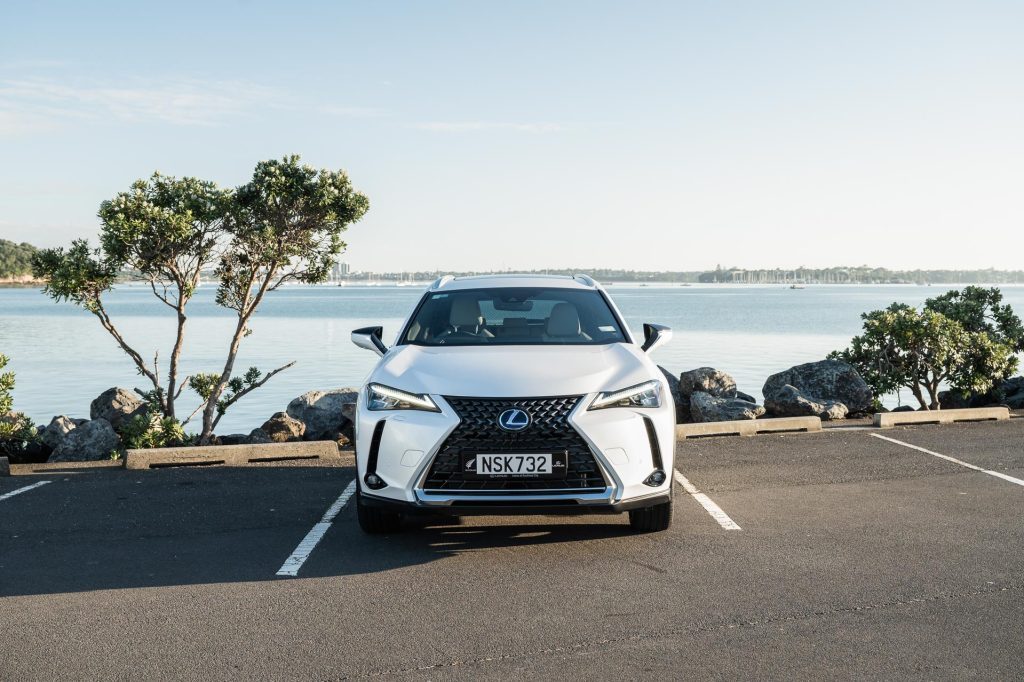
Included is a full four-year service plan alongside the four-year unlimited kilometre warranty. And Lexus will help with wallbox installation.
So space aside, the UX is now much more competitive than before, though it needs to be with models like Volvo’s EX30 on the way, offering at least as more space and better performance for similar outlay.
| Model | Lexus UX300e Limited |
| Price | $89,900 |
| Motor | 150kW, 300Nm |
| Battery | 72.8kWh net |
| Range | 440km |
| Drivetrain | Single-speed auto, FWD |
| Energy Use | 16.8kWh/100km |
| C02 Output | 0g/km |
| 0-100km/h | 7.63sec |
| 80-120km/h | 5.39sec (153.1m) |
| 100-0km/h | 33.87m |
| Stability systems | ABS, ESP |
| Safety | AEB, ACC, BSM, LDW, RCTA, ALK, AHB |
| Luggage capacity | 303L |
| Tow rating | Not rated to tow |
| Service intervals | 12 months, 16,000km |
| Warranty | 4yrs, unlimited km |
| ANCAP rating | 5 Stars (2019) |
| Weight | kg (claimed) |
This story first appeared in the February 2024 issue of NZ Autocar magazine.


